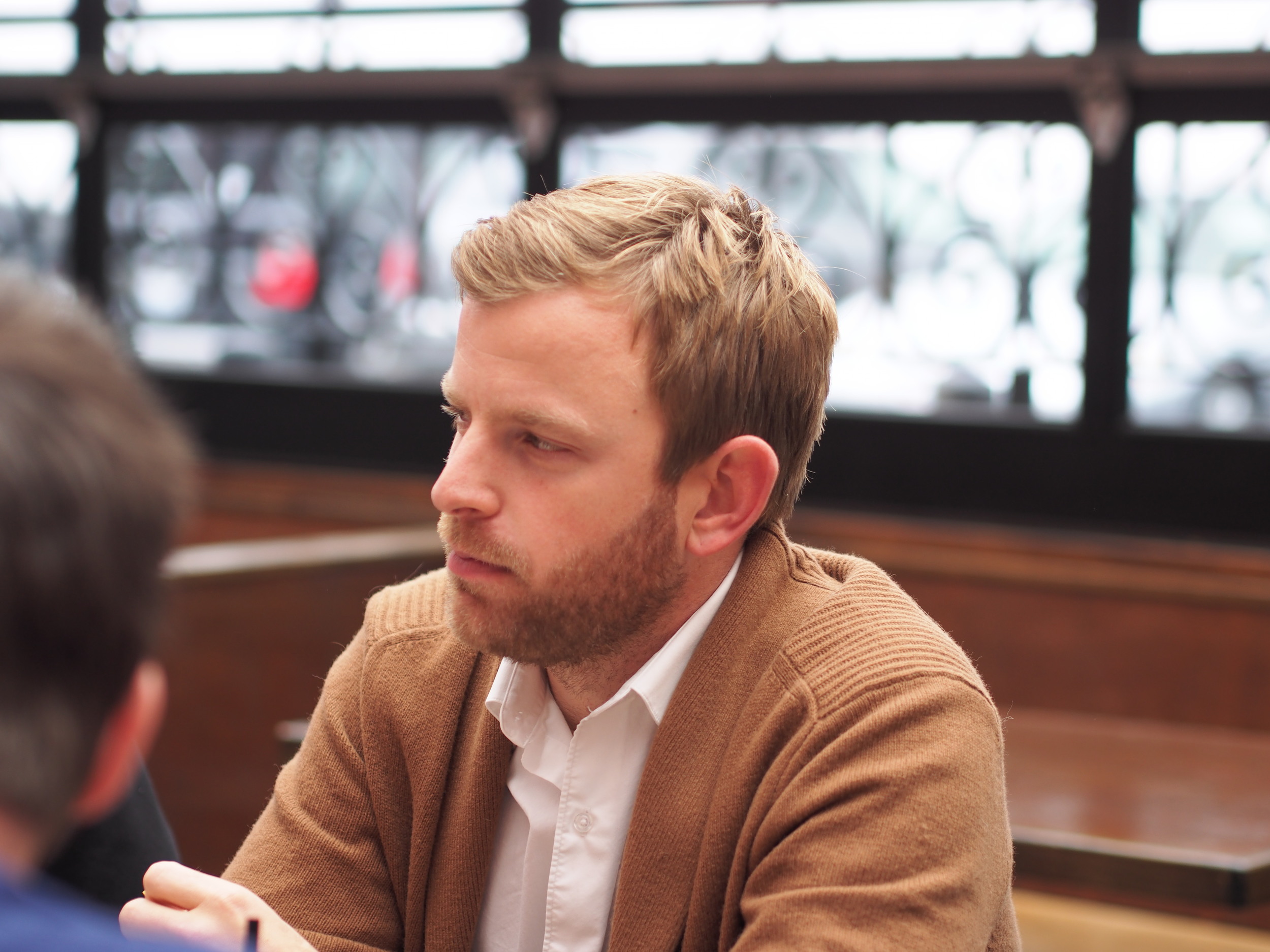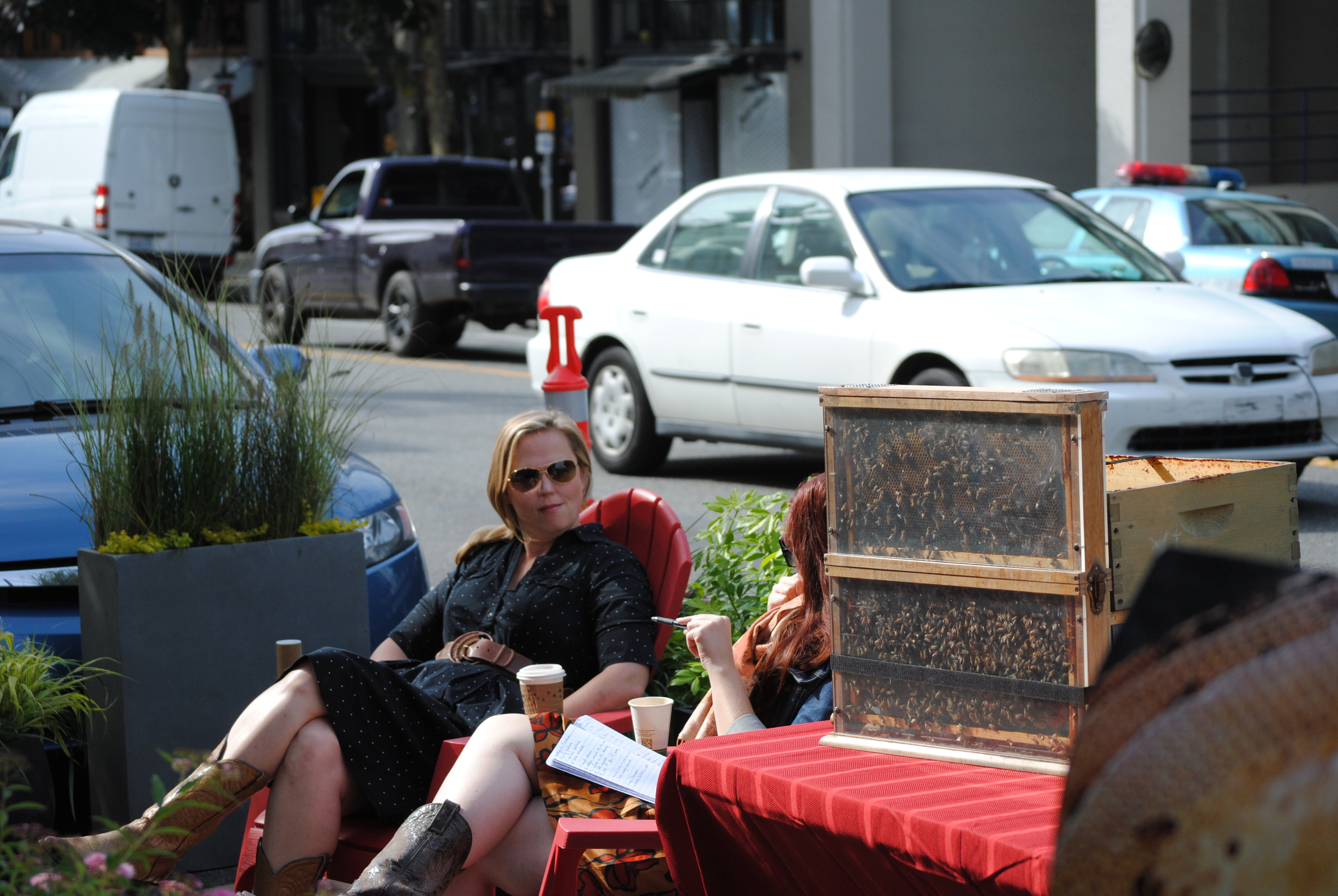Things continue to be busy here at SWorks, and we have added staff; two permanent and three contract (whom we hope to keep!). As the point of contact for staffing, I feel very fortunate to have been able to recruit so many strong candidates in a competitive job market. Regardless of status, all are a great fit for the environment we try to craft in our studio; if you have a chance to meet any of them you will surely agree.
Scott Nye comes to us by way of Scottsdale, where he recently finished his MArch at ASU, and has about 5 years of experience. He is a recent Seattle arrival, and lives in Ballard.
Roma Shah is a recent UW MArch/MLArch graduate, and graduated from the University of Florida (my Alma Mater) with an undergraduate in architecture. She has several years of experience, and has lived in Seattle for six years. Roma lives in Ravenna.
Jeff Hammerquist hails form Caly Poly San Luis Obispo and was a classmate of Emily Woods (go Mustangs!). Jeff grew up in the Puget Sound region.
Troy LaCombe just complete his BSArch from the UW. He is from Louisiana (hence the French surname?), and lives on Capitol Hill.
Last but not least is Elias Gardner, who is shoring up our east-coast contingent (though we are not sure he is as surly as Jeff Busby or me). He attended Williams undergrad, where he received a BFA, and has a MArch from RISD. He too has several years of experience and recently moved to Seattle and lives in Columbia City.
The Schemata staff, less Christopher Palms who is on vacation.































